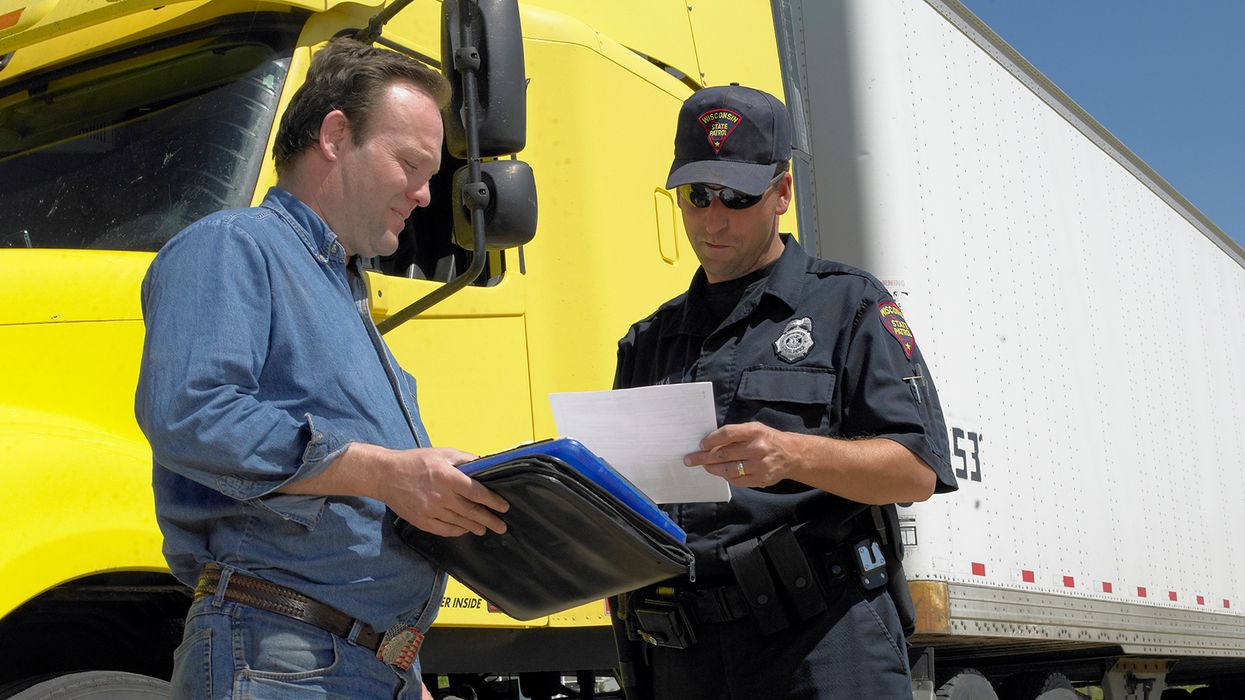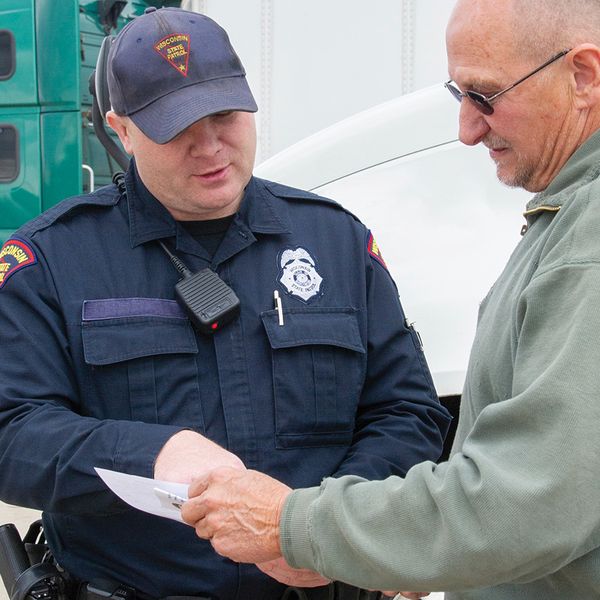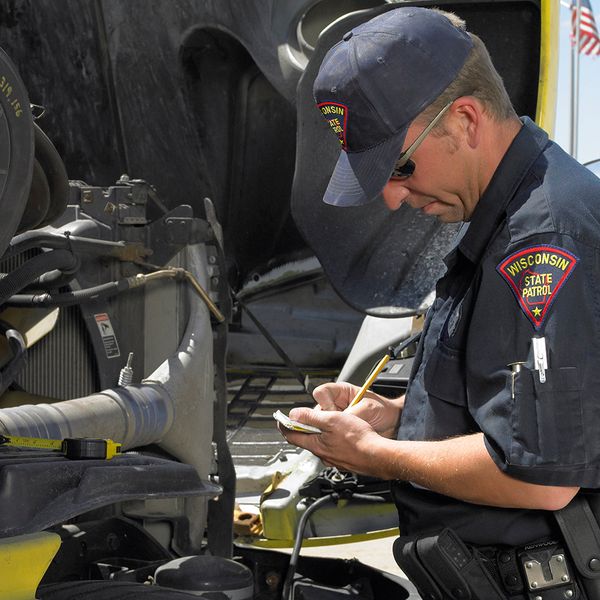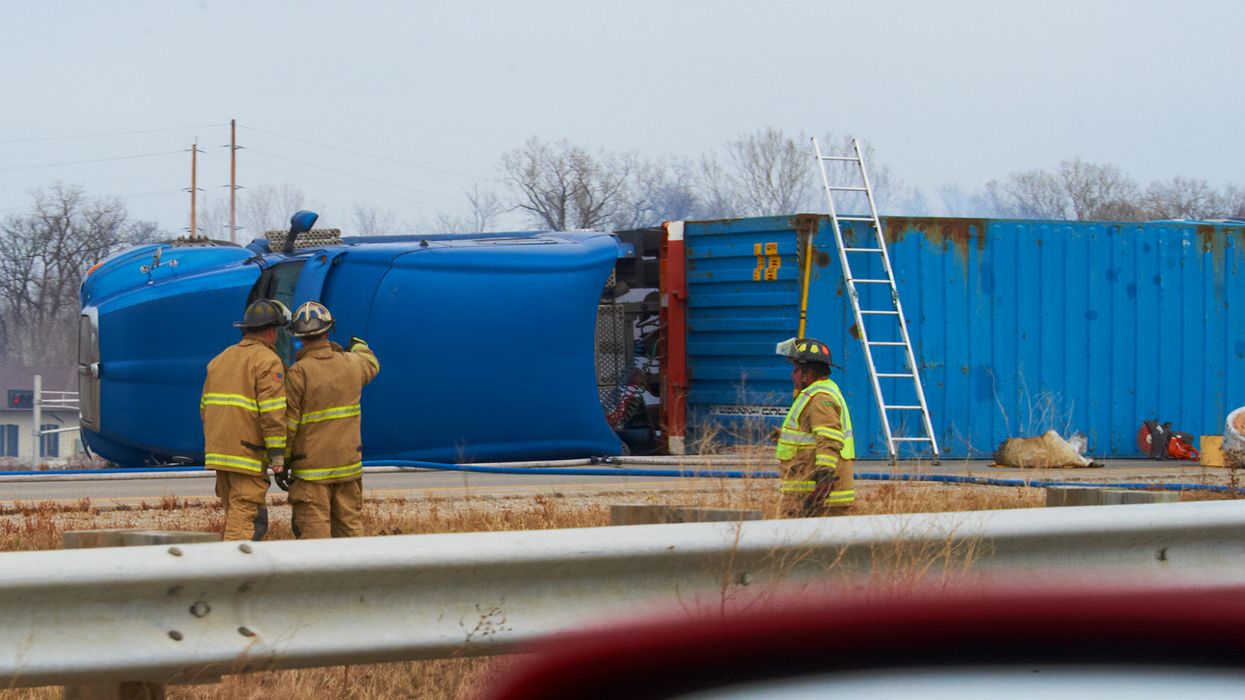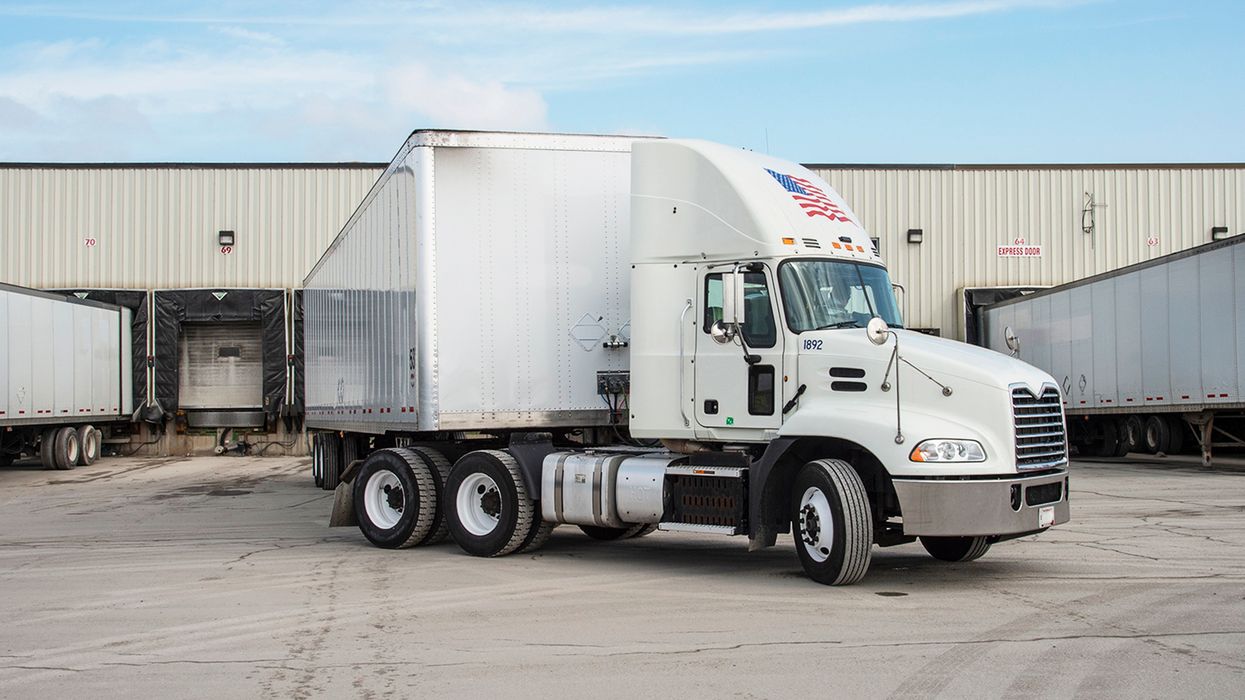How can a roadside vehicle violation turn into an audit violation?
During a typical year, there are roughly three million vehicle violations written up on roadside inspection reports. If these violations are not dealt with properly after the inspection, they can also lead to violations during an audit or investigation.
Getting from a roadside violation to an audit DVIR violation
During an audit, the officer, auditor, or investigator (generically referred as the investigator during a audit) will use a specific process when reviewing roadside inspections that include a violation related to a vehicle defect. The process includes the investigator:
- Seeing a violation that was due to a mechanical defect on a roadside inspection report (a violation of Part 393 or 396.3(a)(1))
- Asking for:
- The maintenance records for the vehicle (see 396.3(b)), and
- Any Driver Vehicle Inspection Reports (DVIR) submitted for the vehicle (see 396.11)
- Then looking in the requested records for:
- A repair record created the day of the inspection (see 396.3(b)(3) which requires a record for all repairs done to the vehicle), and/or
- A DVIR completed by the driver and some type of documentation indicating the defect was repaired before the vehicle was operated again (if the defect is not repaired during the driver’s workday, the driver is required to submit a DVIR at the end of the workday, see 396.11)
If there is no repair record and no DVIR, a violation will be written for no record of a repair (396.3(b)(3)), not requiring the driver to submit a DVIR when one was required (396.11), or both. The exact violation will depend on the specific situation.
OOS violations are different
Of course, if the violation involved an out-of-service (OOS) defect there must be:
- A record of repair indicating the repair was done before the vehicle left the inspection location, or
- Records showing the vehicle was towed in for repairs.
Other vehicle-related violations are also different
As far as the other vehicle-related violations that do not involve a mechanical defect (such as over-gross weight and registration violations), the investigator will not be looking for a repair record or DVIR. Instead, the investigator may want to see some other proof that the violation was addressed, such as records from a tow or recovery operation for off-loading, record showing another truck was dispatched to the scale to offload the excess, a receipt showing when the vehicle was registered, etc.
In the case of violations that would not create any required records when corrected (such as an over-axle or cargo securement violation), the investigator will simply verify that the violation was not recorded on a subsequent inspection that took place before the shipment was unloaded.
Key to remember: If you do not document repairs and/or verify the driver submitted a DVIR after a mechanical violation is discovered, you may end up with a follow-up violation during an audit.

